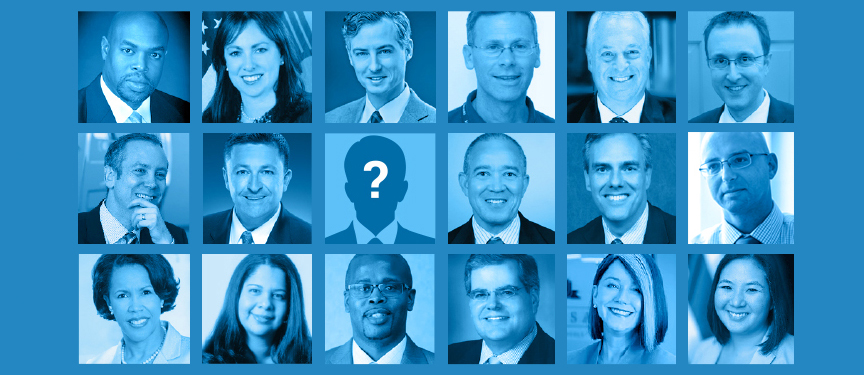
SUBSCRIBE
TO MONTHLY UPDATES
We'll send you information that
will keep you up to date on CFC

There’s a little noticed provision in the Every Student Succeeds Act that could help states and districts use federal funding to expand or try out academic services for individual kids—including tutoring, credit recovery, expanded access to rigorous courses, and more, according to a new report from Chiefs for Change.
The report—”Expanding Equity: Leveraging the Every Student Succeeds Act to Provide Direct Student Services”—is a kind of how-to-guide for states and districts interested in taking advantage of the chance to set aside 3 percent of statewide Title I funds for “direct student services.”
Most of that money—99 percent—eventually has to go back to districts, who then ensure it is spent primarily on students. But states can hand it out competitively, as long as they give priority to districts that have a lot of schools singled out for extra help under the law.
The set-aside is completely optional—states don’t have to do it. And if they choose to reserve the funds, they would be in addition to the 7 percent set-aside states must do for school improvement.
The money could be used for tutoring, helping students access public school choice, distance learning, and access to Advanced Placement classes, personalized learning, and other programs.
For inspiration, Mike Magee, the chief executive officer of Chiefs for Change, which now includes district as well as state leaders, singled out a program already under way in Louisiana, which allows districts to access online “critical courses” in areas like Advanced Placement and career and technical education.
Of course, these grants could be somewhat awkward: If a state decides to reserve them and then allocate them back to districts competitively, there are bound to be winners and losers.
But Magee has some advice for state and district leaders on that score.
“This is where state leadership needs to be having productive conversations with district leadership about this being a very smart opportunity,” to try something different, or expand a student-services program that’s already working well, he said.
“If you can convince district chiefs that this type of approach will move the needle, you’ll see buy-in, but it’s heavily dependent on leadership,” he said.